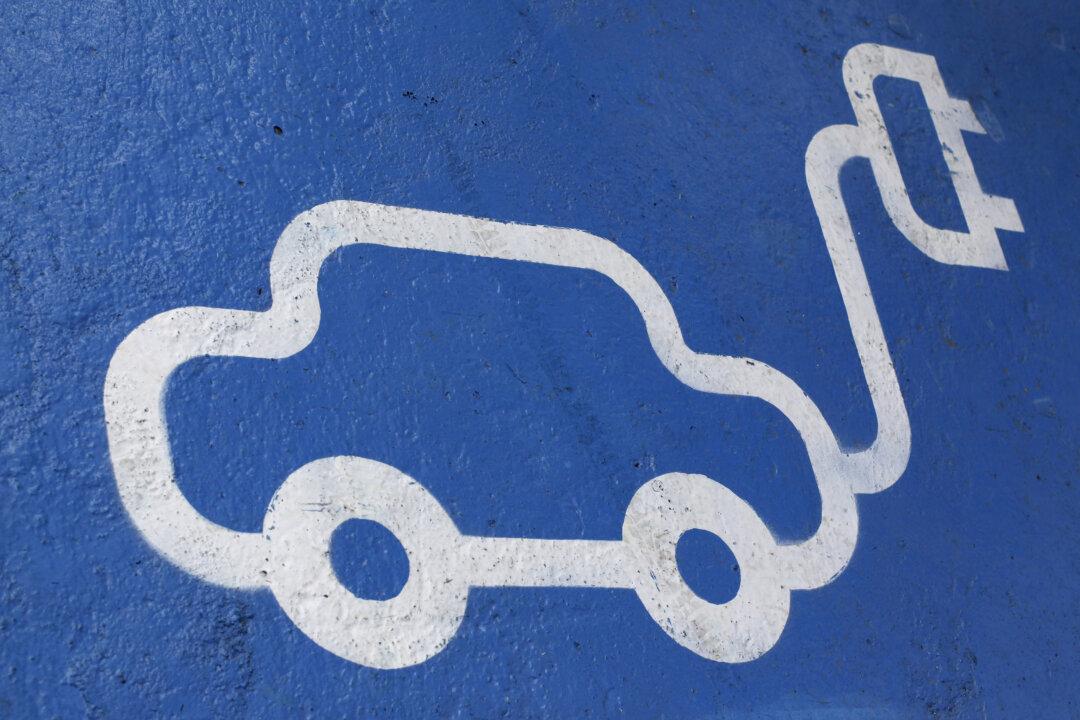Commentary
It was a bitter cold night in New England, which came as an unwelcome shock having flown in from warm and wonderful Mexico City. Still, I felt gratitude as the Uber rocked up to the baggage-claim area of the airport to get me home. The surprise was that he was driving an all-electric car, the first time I’ve seen an Uber driver with one.





